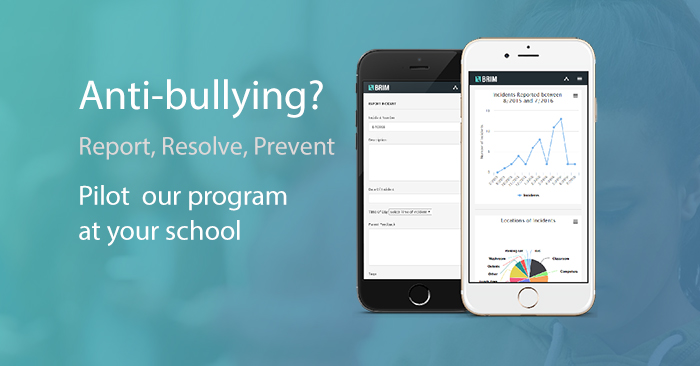More and more educational software companies, both online and offline, are popping up to help fill a need for more interactive, personalized educational experiences for students. Their benefits are numerous, and most importantly, education software is a cost-efficient solution for schools who want to manage data and information about their students in an organized manner.
Types of Educational Software
Online education software has become an essential teaching tool for teachers to use as part of their lessons. Their implementation in classrooms has improved performance of both the students and teachers alike.
There are many types of educational software available for a variety of different subjects, but educational software companies have now began to create educational applications for students and teachers to use as learning and teaching tool. Following are types of educational software that a school should implement:
1. Authoring Systems
An authoring system helps teachers develop their own instructional software. Teachers can create electronic flash cards or index cards to teach children about certain concepts. Also, they can create multimedia content like reviews, lessons, and tutorials. You may even consider web based alternatives because web authoring systems assist teachers in creating multimedia content that can be used on a website.
2. Desktop Publishing
Desktop publishing software is used to create and design handouts, newsletters, and flyers. Teachers can use this software to inform parents and students about events or activities taking place in school. Usage of desktop publishing software is a must-have skill for new graduates, and so high schools are already teaching students how to use desktop publishing suites such as Microsoft Office and Adobe Creative Suite.
3. Graphic Software
Students can use graphic software to capture, create, and change images available on the internet, on the program itself, or images available online. It is especially useful for creating online presentations.
4. Reference Software
Teachers can include reference software in research projects. Reference software let’s students access the encyclopedia, thesauruses, atlases, and dictionaries.
5. Drill & Practice Software
Teachers can include drill and practice software to strengthen the existing skill set of the students. This software is beneficial when teachers are trying to prepare students for exams and tests.
6. Tutorial Software
Through tutorial software, teachers can teach students new lessons and provide them a platform through which they may learn the lesson at their own pace. Tutorial software consists of giving students new information to learn, give them time to practice it, and then evaluate their performance.
7. Educational Games
There are numerous educational gaming software available in the market. Educational software companies have combined gaming and education into one. This type of software is very effective younger children because it motivates them to learn.
8. Simulations
Simulations software enables teachers to teach students through virtual experience. For instance, students can use this software to gain the experience of flying a plane.
9. Special Needs Software
Online education software also includes special software developed to address the requirements of a student with special needs. This software is combined with assistive software providing students with special needs with an effective platform to learn. Examples include computers reading text aloud, speech synthesizers, and multimedia software targeting certain learning disabilities.
10. Math Problem Solving Software
This educational software makes it possible for math teachers to strengthen the problem solving skills of students and science teachers may use this software to conduct science experiments.
11. Utility Software
Utility software assists teachers in preparing tests, quizzes, and even functions as a grading book. Teachers that are not used to technology will find this software easy to learn and use.
Benefits of Educational Software
Educational software incorporates multimedia content and gives users a high level of interactivity. These two features differentiate them from traditional teaching practices. Multimedia content like pictures, graphics, and sound help engage the students in their lessons. For instance, when learning about history, students can go back and view videos or other online-based content related to it. Online education software also benefits teachers. It allows teachers to connect better with the students, helps them keep the students interested in the lesson, and promotes a productive environment for learning.


